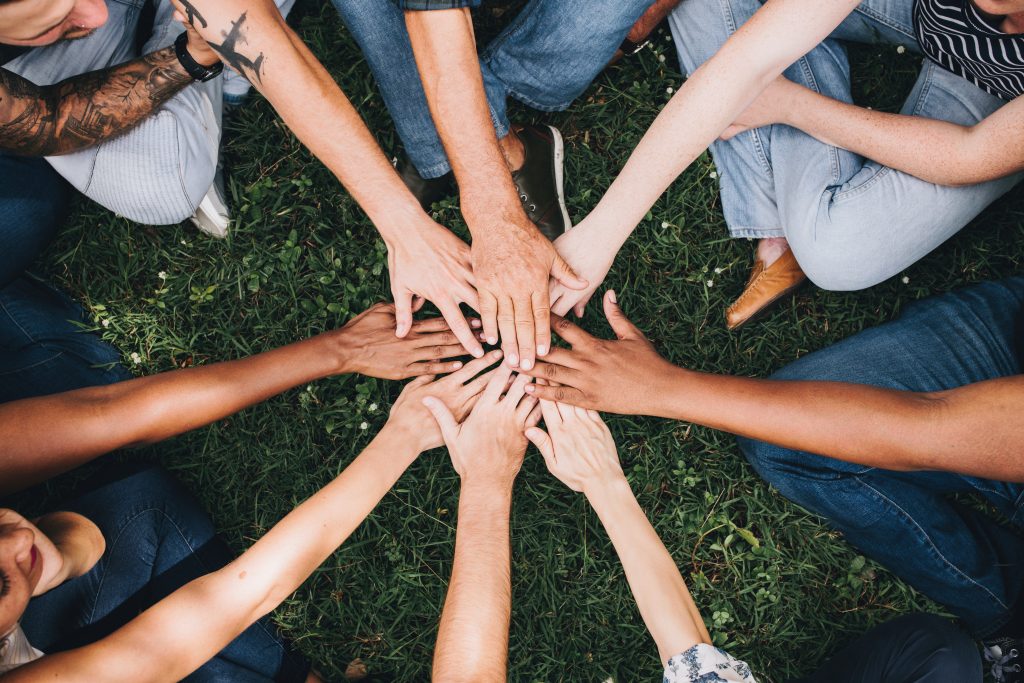As of March 2018, the population of New Zealand is estimated at 4.8 million people.
With a total population density of 17.2 people per square kilometre, the distribution of the population across the country is extremely uneven. Therefore, almost at any point, it is easy to find a place of complete solitude with nature. More than ¾ of the entire population is concentrated on the northern island, most of which lives in two capitals of the country: political – Wellington and business – Auckland.
At the end of 2017, the birth rate in the country was 2 times higher than the death rate, and the population growth due to immigrants averaged 4 people per day, and a further increase in this indicator is predicted.
Life expectancy for indigenous New Zealand residents is 83 years for women and nearly 80 years for men, placing the country 17th overall in life expectancy globally.
In 2018, a complete census of the population of New Zealand was carried out, the results of which will be known by the end of 2018. Based on the results of the previous census conducted in 2013:
- 74% of the population are mainly descendants of European settlers, mostly British.
- The indigenous people of the Maori are the second largest ethnic group – 15% of the population or 600 thousand representatives. Less than 8% are migrants from the Pacific Islands.
- The third-largest ethnic group is Asians – 11.8%, the bulk of which are representatives of China and India.
- About 5% are representatives of non-New Zealand Europeans, which include representatives of Russia and the CIS countries – about 6 thousand people at the time of the census. The total indicator in the presented data on ethnic groups exceeds 100% since during the census it was possible to select more than one group.

PRESERVATION AND MAINTENANCE OF A MULTINATIONAL CULTURE
Unlike neighbouring Australia, whereby the beginning of the 20th century, due to the active economic activity of Europeans, the aborigines were on the verge of extinction, the tribes of New Zealand were not so badly affected. On the contrary, their numbers have increased significantly compared to the pre-colonial period.
According to very rough estimates, the number of Maori who settled the New Zealand Islands at the beginning of the 19th century was 100 thousand people. But by the beginning of the 20th century, according to some sources, their number had decreased by 60%. This was influenced by the following factors:
- high mortality from diseases brought by European colonisation (influenza, smallpox and measles);
- “Musket Wars” – confrontations between tribes, which became more threatening after the aborigines received firearms;
- military conflicts between colonists and Maori.
However, the indigenous people realised the advantages of European civilisation and were able to adapt to it, and the colonialists, in turn, pursued a policy of supporting and educating the indigenous people. This led to a subsequent increase in the indigenous population of New Zealand, which continues to this day.
According to 2013, the number of Maori living in New Zealand is 600 thousand people, which is 15% of the total population of the country. Besides, a fairly large group of Maori lives in Australia – about 140 thousand people.
Thus, New Zealand very quickly embarked on the path of racial harmony, where representatives of different cultures coexisted quite peacefully with each other, without being subjected to discrimination on racial or ethnic grounds. A prime example of this was the election of an unbaptised Jew, Julius Vogel, as the eighth prime minister of New Zealand. The Maori also soon got into parliament, where they were given 4 seats in 1868.
To fully appreciate the multi-nationality of New Zealand and cultural diversity, you can find yourself on the central street of Auckland on Queen street, where hundreds of languages and dialects are simultaneously spoken. New Zealand recognises and supports the harmonious development of cultural diversity in society. Cultural festivals are held in cities, organisations are encouraged to promote multiculturalism among staff, and students are encouraged to share their culture in schools.



